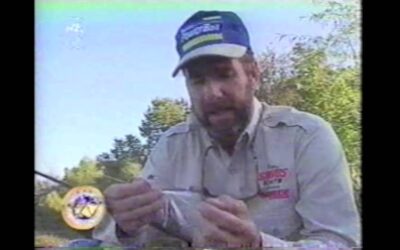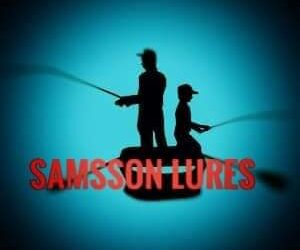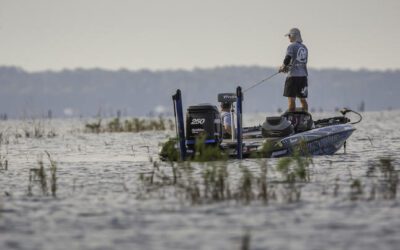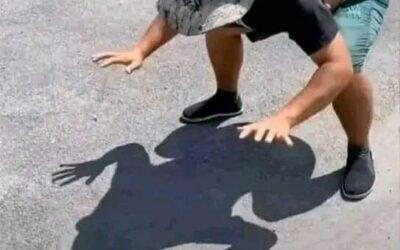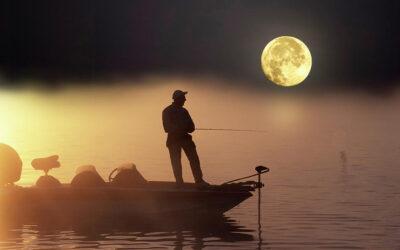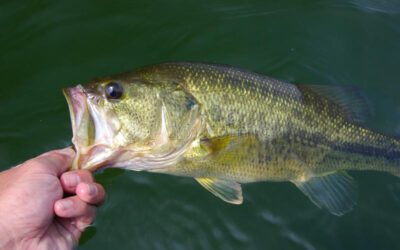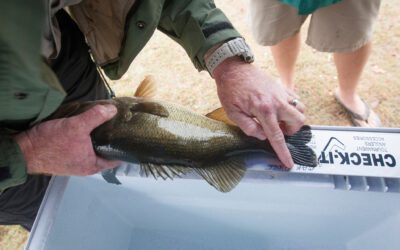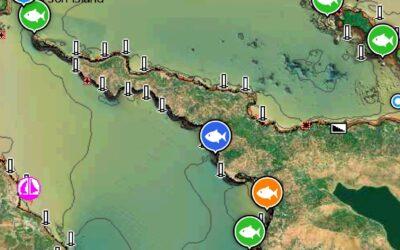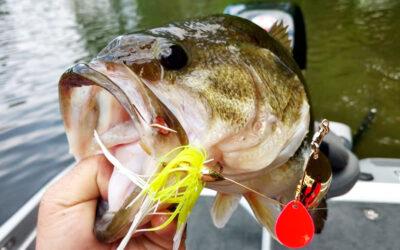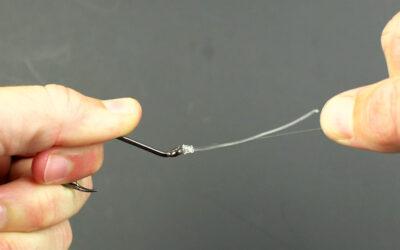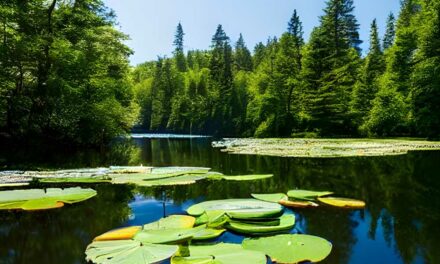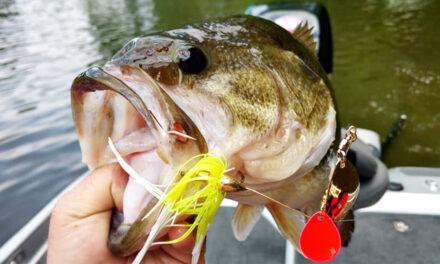BILL DANCE FISHING BLOOPERS Volume 2. Bill has almost endless out takes and thank god they were caught on tape. Sit back and enjoy this episode from 1995.
Winter Bass Fishing
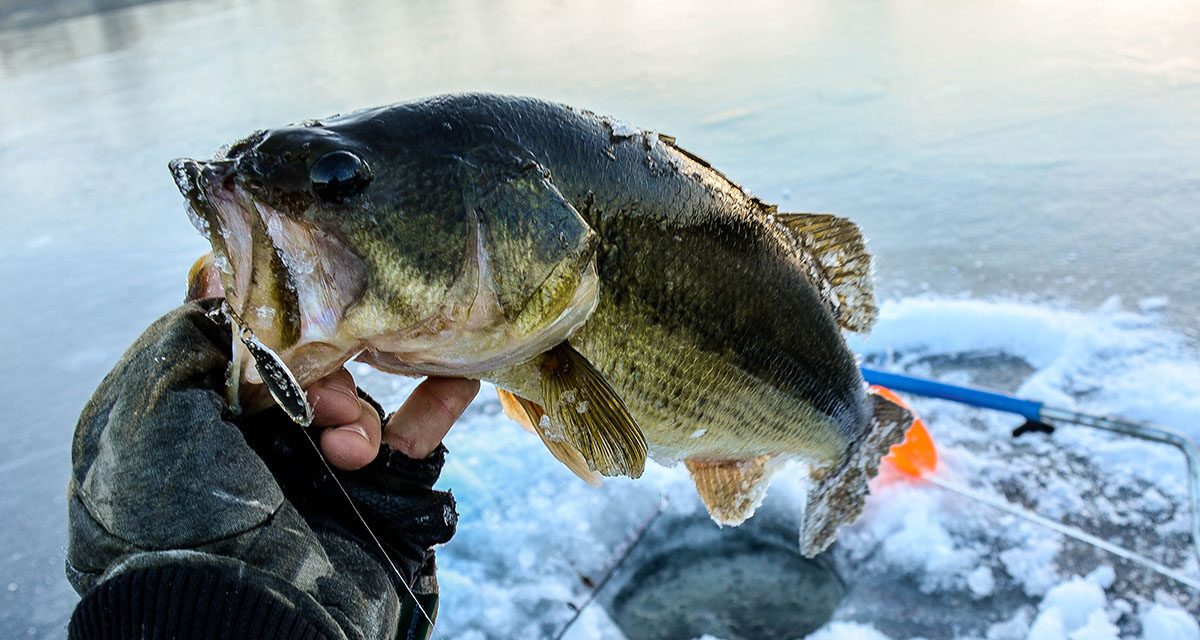
Catching the winter bass is quite a challenge for anyone at so many levels. On a personal level, it requires a calculated approach, patience, and endurance. At the skill level, it takes a lot more than the basic understanding of fishing alone. To catch bass in the winter, you need to know what cold weather does to water temperatures and the Bass in the elements. You also need to know how to prepare yourself for the challenge, how to time your activity according to the weather, how to survey water bodies, where to look for the winter bass, and how to bait it.
Bass, like all fish, are cold-blooded creatures. This means they have the ability to adjust their body temperatures to that of their environment.
During warmer seasons, they are found in abundance near the surface as they are actively preying and spawning. During the winter season, however, they vanish deep into the water, where they are much harder to find. In temperatures of around 50 degrees and lower, the bass goes down into the deeper in their habitat and into hibernation which most cold-blooded creatures are known for. Their heartbeat, respiration, and metabolism slow down considerably. They no longer need regular amounts of food and now require days to digest which took them hours in the summer. With reduced feeding comes diminished movement.
When it’s cold outside the resulting bodily processes inside, bass become lethargic and lay low, suspended in the water column and pretty much immobile. This relocation to deeper points, lower need for food, and their immobility during hibernation is what makes the winter bass extremely elusive and hard to catch. Add to this the unique topography and challenges of every water body, the murkiness and clarity levels, changing water flow and speeds, all make the whole equation the hardest challenge any fishing enthusiast can face.
“In temperatures of around 50 degrees and lower, the bass goes down into the deeper in their habitat and into hibernation which most cold-blooded creatures are known for.”
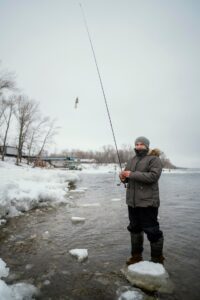 In the cold season, the bass is found pretty much where they originally reside all year round: in the same water bodies, at different depths and much harder to get.
In the cold season, the bass is found pretty much where they originally reside all year round: in the same water bodies, at different depths and much harder to get.
To find bass during extremely cold temperatures, search for them in the deepest parts of a lake, especially in a featureless one. If the lake is generally shallow, search for them in the ditches. However, bass also needs to occasionally come back near the surface for the sun, and the little feeding they need during the colder months. Whenever they do so, they hang around structures within a pond or lake, and nearby river channels where the flow of water is slow. Watch out for suspended bunches of bass around rock ledges, concrete structures, timber, and boulders. Winter bass also loves rocky bottoms and rocky shores. Also, bass tends to assemble in the warmer spots within a pond. You have higher chances of getting them in areas exposed to the sun, usually the warmer waters in the northern parts of a lake. A few degrees increase in water temperature at any spot, and you’ve had likely arrived. Likewise, cloudy and overcast conditions diminish the opportunity, significantly.
How to bait the winter bass.
Due to less feeding, low mobility, and the elusive bass behavior, your baits and fishing technique become important all the more. To catch the winter bass, you should master the types of baits and techniques needed for attracting and enticing them. The following is a guideline to the baits and equipment you’ll need to catch bass in the winter:
- Winter bass, due to their lower mobility, do not like bigger prey. Downsize your baits accordingly. Small, slow-moving baits are generally effective.
- Swimbaits are good in clear water. In murkier waters, spinnerbaits, slowly rolled across the bottom to target depths, can win you the day.
- Plastic baits can be used for drop shots. On warmer days, bass look for baitfish higher, so place the bait 2 to 3 feet higher up the leader. On colder days, lower your drop shot to get more bites.
- Jigs, small and seasonal patterns are good. Jerk baits perform better on shallow rocky points.
- Crankbaits, thin diving with a little wobble, are effective too, so are lipless crankbaits.
- Jigging spoons look like injured baitfish and attract bites. Flutter spoons may be used in clear water.
- Use a Fish Finder device for detecting fish beneath the surface and in the depths. Use a water surface thermometer on your boat to detect subtle changes in water temperatures beneath.
Wrapping It Up.
Catching bass isn’t a go out and catch a limit, however with patience, preparedness and a good attitude can catch you some monsters in the Winter.
Related Articles
Starting The Tackle Shop Part 3 – The Search for Inventory
In this entry titled “Starting the Tackle Shop Part 3 – The Search for Inventory. Reality sets in and I pick up the perfect trailer.
Starting The Tackle Shop Part 2 – Full Speed Ahead
Join me on this installment of Starting The Tackle Shop – An Epic Journey. This is part 2 – full speed ahead.
Starting The Tackle Shop – An Epic Journey
The on going saga of living my dream and starting my own tackle shop on Clearlake in California including the lessons I have learned along the way. Part 1





